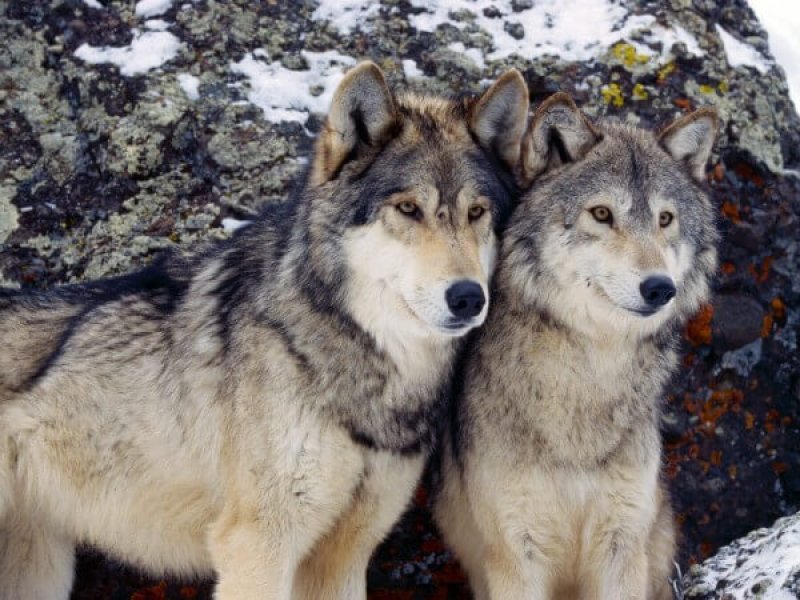Who’s a good dog? The very first dogs, apparently, as a new genetic study reveals the sequence of events, begun thousands of years ago, that morphed wild wolves into (eventually) couchwarmers and ball catchers.
…
So far we know that Eurasian gray wolves were domesticated into dogs more than 10,000 years ago, and possibly as early as 40,000 years ago. But the big questions — how, why and exactly where — remain open to debate. A leading theory about how this happened is that wolves were selected for specific behavioral traits which, over time, led to changes in physical traits as well. And new research out today [June 27] appears to both confirm that hypothesis and explain why.
…
Dogs, [like] most other domesticated animals, exhibit a suite of traits — both physical and behavioral — generally called domestication syndrome…In the past few years, geneticists and evolutionary biologists have focused on neural crest cells (NCCs) as the catalysts for domestication syndrome.
…
The range of activities that NCCs do is enormous: the adrenal and pituitary systems, which are involved in aggression, fear and other behaviors, are derived from NCCs, but these cells are also involved in regulating physical traits such as pigmentation of skin and hair.
…
[Some] believe wolves self-domesticated by following the humans in search of edible scraps. Truth be told, we’ll probably never know how wolves became the first dogs.Read full, original post: The First Dog: Genes Reveal Behavior Came First































